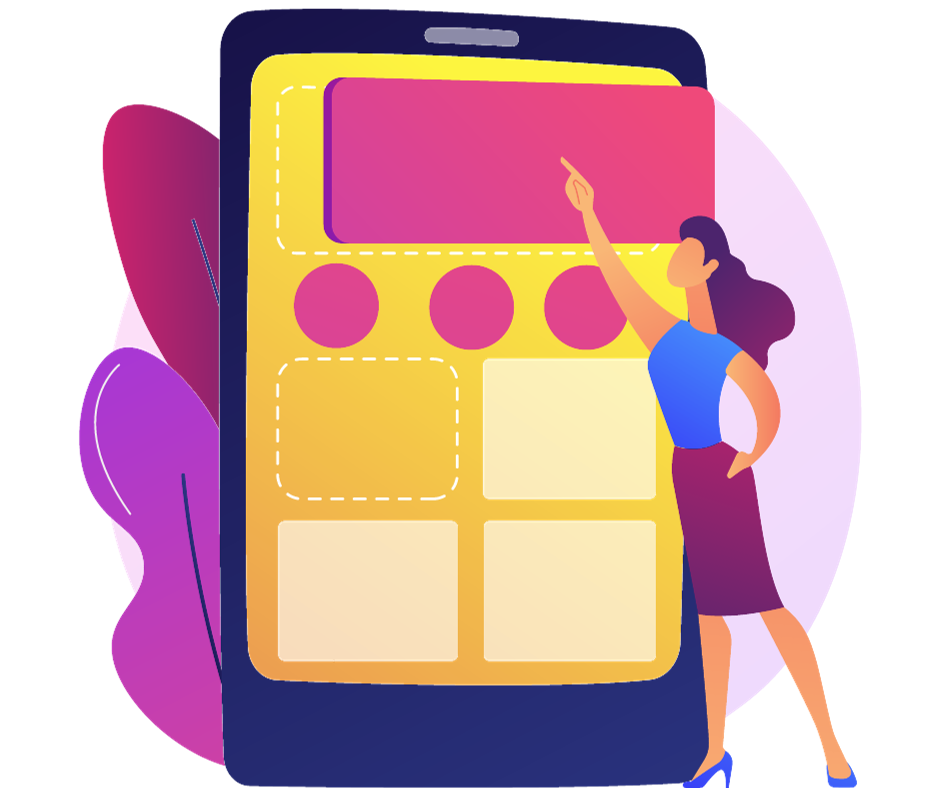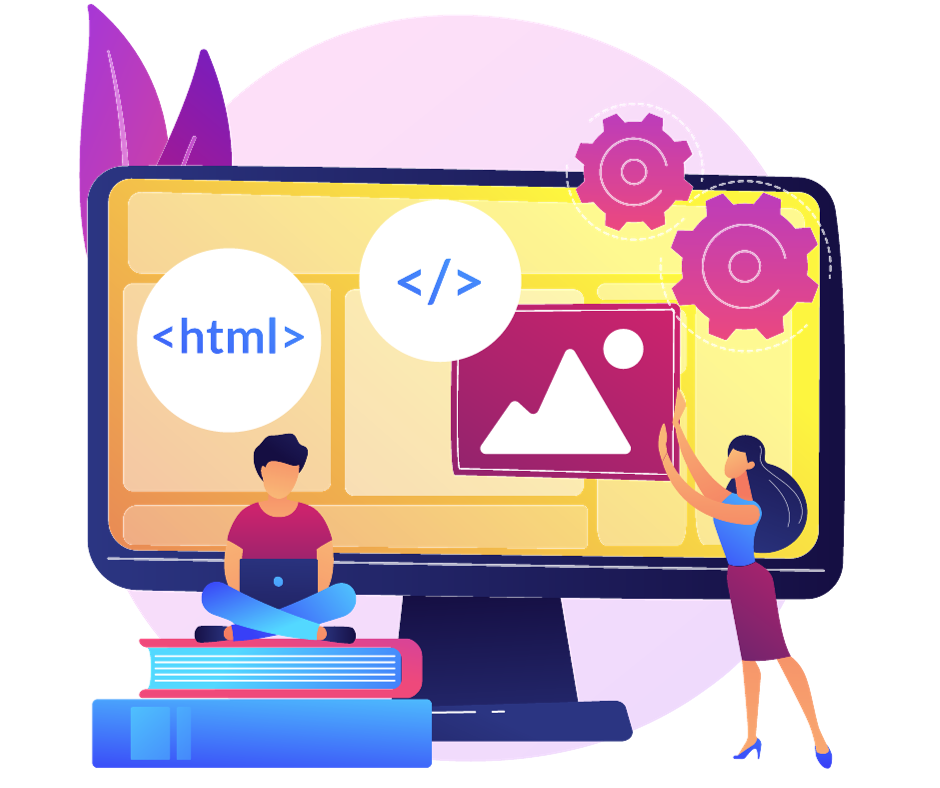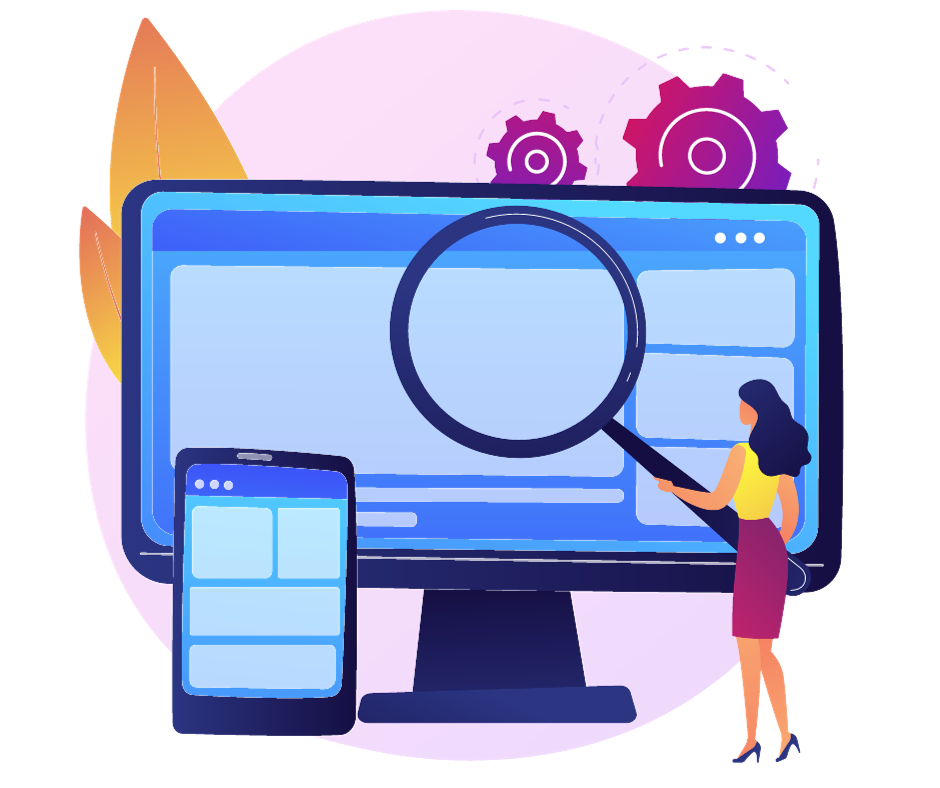WCAG 2.2: What you need to know
AbilityNet | 14 Dec 2023The Web Content Accessibility Guidelines (WCAG) 2.2 has been a long time coming, and as Accessibility experts at AbilityNet, it’s exciting to see it go live!
WCAG 2.2 became a W3C recommendation on 5th October 2023. This is the latest version of the Web Content Accessibility Guidelines, a set of internationally recognised standards for making web content more accessible to disabled people.
This blog covers key changes in 2.2, considerations moving forward and how to comply with WCAG 2.2 guidelines.
Key changes in WCAG 2.2 
The new updates in WCAG 2.2 focus on improving accessibility for users with cognitive, learning or mobility disabilities and low vision users. This is a beneficial update, showing a positive step forward for the web accessibility standards.
Within the Web Content Accessibility Guidelines, there are three conformance levels: A (lowest), AA (mid-range), and AAA (highest). The WCAG 2.2 update has the following key changes:
- Six new Level A and AA success criteria were introduced (plus three success criteria for Level AAA);
- One success criterion has been removed
The newly introduced Success Criteria (A/AA)
2.4.11 Focus Not Obscured (Minimum) (Level AA)
Summary: When an individual uses a keyboard to navigate to an interactive element, such as a button or a link, the interactive element and respective focus indication remain visible.
This success criterion aims to enhance web accessibility for sighted users who rely on keyboard navigation by ensuring that no interactive component or its focus indicator is obscured by other content on the page.
While 2.4.11 Focus Not Obscured (Minimum) (Level AA) requires that at least a portion of the focused element is visible, having the entire element and its focus indicator visible is required to meet 2.4.12 Focus Not Obscured (Enhanced) (Level AAA).
2.5.7 Dragging Movements (Level AA)
Summary: Individuals are not required to use dragging gestures, either with a mouse or on a touch screen.
The aim of this success criterion is to support individuals with motor disabilities who may struggle with precise movements and sustained pressure. Dragging movements that require the user to use a mouse movement or a finger drag to move something from one point to another (for example, drag-and-drop) can also be achieved using a single pointer, such as a button.
2.5.8 Target Size (Minimum) (Level AA) 
Summary: Individuals who use a mouse pointer or a touch screen have enough space to operate interactive elements, such as buttons or links.
This success criterion introduces a minimum target size for an interactive element and, if applicable, a minimum distance around an interactive element. This aims to address the challenge of pressing small interactive controls, to help reduce the risk of accidental activation. This can affect several user groups, but especially those with fine motor skill challenges.
3.3.8 Accessible Authentication (Minimum) (Level AA)
Summary: When completing an authentication task, such as logging in, individuals are not required to memorise their details, transcribe one one-time passwords, or completing other types of cognitive tests.
This success criterion aims to simplify the authentication processes for users, particularly those with cognitive differences, such as memory issues, dyslexia, dyscalculia, and similar conditions. It calls for authentication methods that do not rely on cognitive function tests, such as transcription, memory or puzzle-solving.
3.2.6 Consistent Help (Level A)
Summary: When help is available and repeated across several pages, individuals can always find it in the same place.
This success criterion aims to enhance user accessibility by ensuring that help features, like contact information or self-help options, remain consistently located across a set of pages. By maintaining a uniform placement for these support resources, individuals with cognitive disabilities can easily find the assistance they need to accomplish their tasks on the website.
5.3.7 Redundant Entry (Level A)
Summary: When individuals are required to enter the same information in the same process, such as creating an account or answering a questionnaire, they do not have to type the information all over again.
This success criterion addresses the issue of redundant data entry in forms, which can be challenging for users with cognitive, learning or mobility disabilities. It emphasises the importance of either auto-populating the information for the user, or providing a user-friendly way to reuse previously entered data, such as selecting it from a dropdown.
The removed success criterion
4.1.1 Parsing (Level A)
With the new updates to the Web Content Accessibility Guidelines 2.2, the success criterion 4.1.1 Parsing (Level A) was removed. This criterion was originally adopted to address problems that assistive technologies had directly parsing HTML. These problems, however, either no longer exist due to improvements in technology, or are addressed by other criteria. Thus, this requirement has been removed.
WCAG 2.2 compliance 
The WCAG 2.2 update builds upon the existing WCAG 2.1 and 2.0 guidelines. This means that if you meet the requirements of WCAG 2.2, you will automatically meet the requirements of WCAG 2.1 and 2.0 (except for the Parsing requirement).
These changes also have legal implications. One implication to note within the UK is within the Public Sector Bodies Accessibility Regulations (PSBAR). The PSBAR currently requires that public sector bodies publish an accessibility statement detailing the conformance of their digital platforms with WCAG 2.1. This has now been updated so they must be conformant with WCAG 2.2, applicable from October 2024.
How to comply with WCAG 2.2
If you are responsible for creating or maintaining web content, there are several things you can do to comply with the Web Content Accessibility Guidelines 2.2:
Learn about the new WCAG 2.2 requirements: The World Wide Web Consortium (W3C) provides resources to help you learn about the WCAG 2.2 requirements, including a reference guide and a checklist.
The training will include demonstrations of the tools and techniques available to test your content for compliance and provide an opportunity to ask questions about the standards and how they will impact your work or the content you produce.
Secure your spot
Watch our TechShare Pro 2023 Lunch and Learn recording about Humanising WCAG 2.2 - understanding how the update helps users with different abilities:
The transcript for 'Humanising WCAG 2.2 with Accessibility and Usability Experts' is available to download.
Test your web content: Once you have made changes to your web content to comply with WCAG 2.2, it is important to test your content to make sure that it is accessible. You can use a variety of tools to test your content, including screen readers, keyboard navigation tools, and colour contrast checkers.
You can learn how to begin your own accessibility testing on diverse tools with our range of online training courses.
Get help from an expert: If you need help complying with WCAG 2.2, you can get help from an accessibility expert. Accessibility experts can help you to identify and fix accessibility barriers in your web content.
Speak to our experts to find out more about our Disabled User Research and User Testing services or our Accessibility Audits and Testing services.
If you are responsible for creating or maintaining web content, it is important to start preparing for WCAG 2.2 now. By learning about the WCAG 2.2 requirements and testing your web content, you can help to ensure that your content is accessible to everyone.
WCAG 2.2 considerations moving forward 
While these updates bring about beneficial changes, it is important to remember that while WCAG is a solid base for a range of disabilities, it can be built upon to further benefit all users (of all ages and cultures) and build an accessible and usable digital world for all.
At AbilityNet, we believe in helping our clients go beyond compliance through user testing. We always recommend putting disabled people at the heart of every project by getting a diverse range of user testers to regularly review your digital content and services.
According to the latest W3C Accessibility Guidelines (WCAG) 3.0 updates, WCAG 3.0 may also introduce "assertions", which are statements confirming if a process, like a usability testing, was done. These assertions document the process itself and do not directly test its results.
Get ahead of WCAG 2.2 and find out more about our Disabled User Research and User Testing service.
This blog was written by Alice Taylor, our Principal Accessibility Consultant Team Leader and Joana Condeço, our Senior Accessibility and Usability Consultant and reviewed by the accessibility consultant team at AbilityNet.



